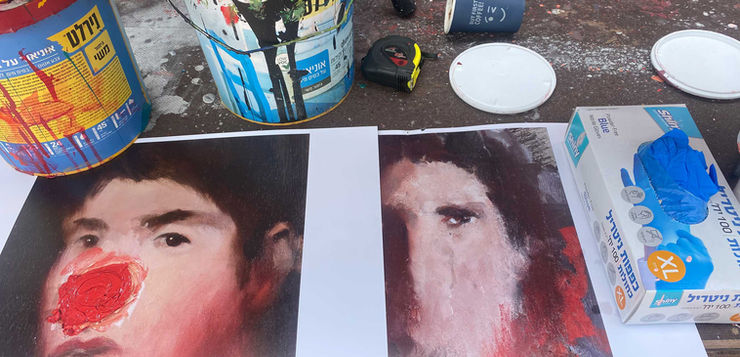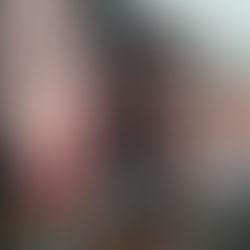Tsuki Garbian
Born in Jerusalem. (1976)
In his first solo exhibition, Double Mars, he dealt among other things with the destruction of works of art. Such destruction is one of a variety of phenomena known as Stendhal Syndrome (a psychosomatic condition causing confusion, dizziness, fainting, and delusions as a result of exposure to great beauty, according to its definition) referring to the reaction as a result of deep exposure to works of art, including instances of destruction of works (The Night Watch by Rembrandt, Venus at her Mirror by Velázquez, and others).
In the exhibition, which was staged at the home of art collector and dealer Serge Tiroche, there was an attempt to create the appearance of a private collection that was destroyed as a result of the owner's temper tantrum. Replicas of masters such as Titian, Velázquez, and Rembrandt were placed in the space, ostensibly having been destroyed. For example, Titian's Saint Sebastian became a dartboard with darts stuck in it. Velázquez's Mars was placed on the floor to make room for a mirror. And with Rembrandt, in place of his original signature depicted as trompe-l'oeil, his name was carved in Hebrew with a sharp implement.
In the central work, Wonder Wall, which was an installation-painting made up of 92 self-portraits, the act of painting was divided into work from direct observation of masterpieces, and at a certain point, the source was abandoned and the rest the work was done from imagination, culminating in the loss of control (starting by painting with the right hand and then switching to the left, or painting in oil and then pouring nail polish on the portrait, headbutting, kicking, smearing, buffing with an angle grinder, among other things).
The portraits Garbian painted on the truck are an attempt to create a blow-up of paintings that were originally life-sized, oil painting on a 30 by 30 cm canvas, and enlarge them (nearly) a hundred times. Two fundamental changes take place: what happens to the brush strokes in the conversion to this massive size, and the use of industrial acrylic paints. Also, new questions arose regarding control, construction and destruction, and questions dealing with gaze and movement.
Graduate, Bezalel Academy of Art and Design, 2000. Drawing and painting studies at Hatahana, 2009-2010. 2007-2021 Art teacher at the Muzot School, Jaffa, teaches drawing and painting at the Minshar School of Art and at the Tel Aviv Museum of Art.































